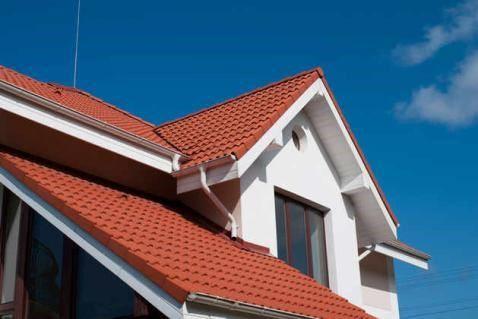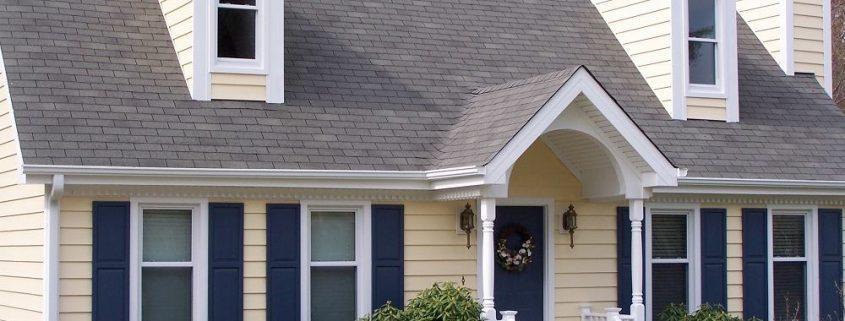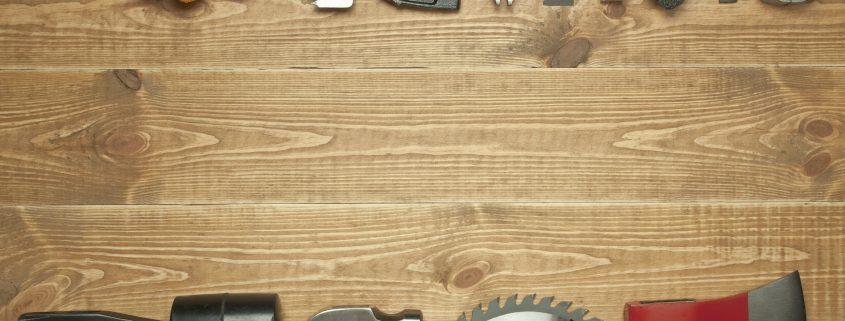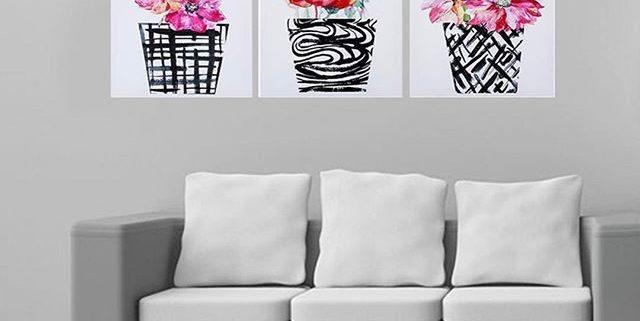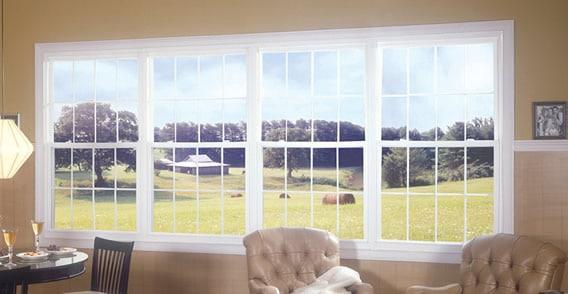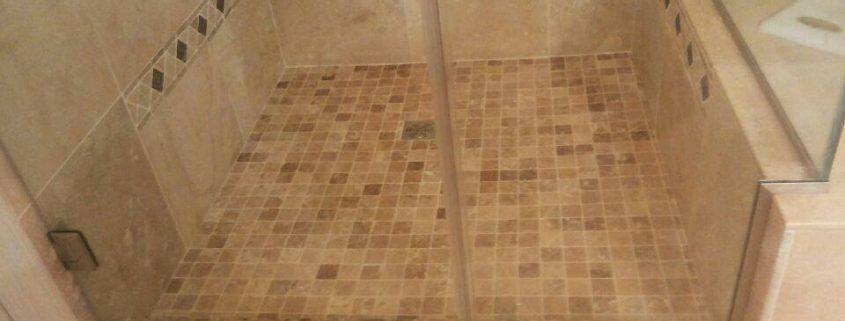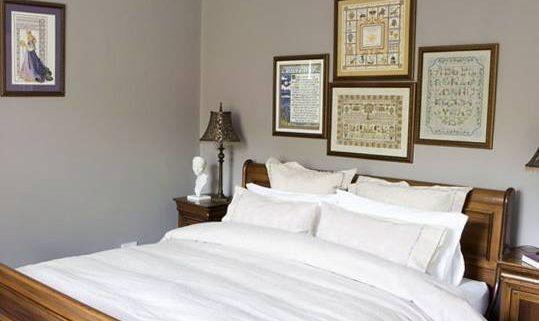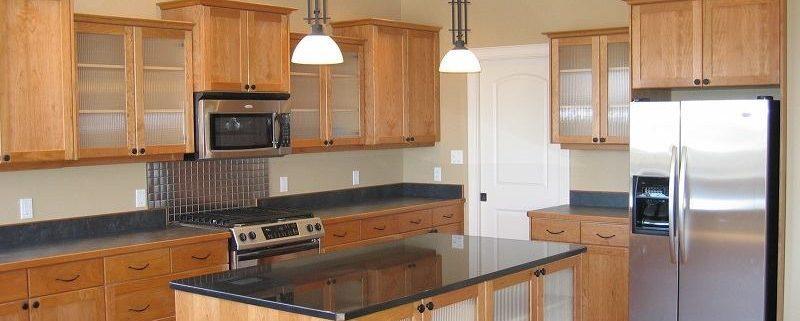How to Apply Stucco
Traditional stucco is simply a variety of concrete, which is applied in several layers to create a strong adhesion to the wall. Stucco is popular for many reasons, including its low cost, resistance to earthquakes and its permeability in humid climates. This article explains the exterior applications of stucco on wooden or steel frames, or on a solid wall. This project is truly advanced, but within the range of an experienced amateur in domestic do-it-yourself jobs.
Apply stucco to a framing wall
Check the weather forecast. The ideal climatic conditions to apply stucco are a cloudy day with little wind and temperatures of 50˚ to 60˚ F (10˚ to 16˚ C). Delay work if the forecast predicts the temperature will be below 40° F (4° C) or above 90° F (32° C) over the next week.
Place the coating materials. You can put the stucco on any rigid material attached to the support beams. The most common surfaces for stucco are plywood, oriented chipboard (OSB), cement slab and gypsum exterior cladding. Be sure to follow the building codes of your location while installing the siding material.
- It is possible to stack over an open frame, but it results in a less level and structured wall. If you wish to follow this path, place nails in the middle of the beams, accommodate vertically in intervals of 5 to 6 inches (13 to 15 cm). Extend a wire horizontally along the protruding nails.
Cover the plywood with two layers of construction paper. Most codes require at least two layers of “D-grade” construction paper or a water-resistant equivalent barrier. You can use asphalt felt or some type of waterproof membrane, but do not use waterproof plastic membrane that is not designed for stucco. Overlap the paper by at least 4 inches (10 cm) and fix it with roof nails.
- Since most codes do not require it, an air gap between the two layers is recommended to prevent wall decay. One way to do this is by placing a mat between the two layers.
Install perforated channels and trim. Install the trim as a plaster stop at the corners of doors and windows. Install the perforated channel at the base of the wall for better drainage.
- For this project, these two materials are not interchangeable.
Join a metal ribbon. Selecting the right ribbon and installing it properly is one of the most difficult parts of this project. It is recommended to consult with an expert. In most cases, you must nail or staple the batten to the joists (not the liner) at intervals of not less than 7 inches (18 cm). Overlap the slat at a distance of at least ½ inch (1.25 cm) on the long side and 1 inch (2.5 cm) on the end, but no more.
- In all exterior stucco applications, you must use a hot dip galvanized G-60 lath.
- Choose a batten with at least 6 mm (¼ inch) mesh or build a non-mesh batten using battens or nails. Without this mesh cover, the stucco will not adhere properly to the ribbon.
Install control joints. To avoid cracks, divide the wall into rectangular panels using control joints, separate them by no more than 18 ft (5.5 m). Also install control joints where there are uneven walls. If the batten is expanded metal (instead of stucco mesh), cut it behind each control joint to completely separate this rigid material from the panels.
Build panels in the most square shape possible and no more than 144 sq ft (44 sq m).
Mix the scratch layer. Mix the scratch coat with 1 part of cement and 2¼ to 4 parts of gypsum sand. If you are using type I Portland cement, you will have to add your own hydrated lime: count the final cement and the lime mixture as “1 part cement”. Mix with enough clean water so you can remove the stucco, no more.
- The aggregate in the cement must be clean and well formed.
Remove the scratch layer on the ribbon. Apply the scratch coat at a 45˚ angle, pressing firmly on the ribbon. This layer should be ⅜ inch (9.5 mm) thick.
- It may be easier for you to use a palette in some parts of the application.
Lightly mark the scratch layer. This first layer is called a scratch layer due to the horizontal flat lines marked with a palette of grooves. This will ensure a good fixation with the next layer.
Dry the scratch coat using moisture. When stuccoing on a beam structure, the coarse striped layer should dry for 48 hours. During this time, it is important to protect the stucco from drying out. Moisten the stucco twice a day unless the humidity is above 70%. Protect the wall with a shield if necessary.
Mix and apply the brown coat. Mix another batch using 1 part cement and 3 to 5 parts sand. Apply another layer of 3/4 inch (9.5 mm) stucco and spread to level the thickness up to 3/4 inch (19 mm). When the brown coat loses its shine, rub it in a circular movement to smooth it.
Moisten to dry for at least seven days. The first 48 hours are the most important, but you must continue spraying or moistening during this time, whenever it seems that it is going to dry.
Cover with the last layer. This last layer of 1/8 inch (3 mm) determines the texture of the stucco wall. Apply and soften as you did with the brown layer, but this time use 1 part of cement with a ratio of 1 1/2 to 3 parts of sand. You can buy a finish that already has coloration or finish the coat and paint it when it has dried for at least a week.
- Color stucco finishes are best in pastel shades.
- If the finish has color, moistening the surface during smoothing can cause mottling. A wet layer can make the color more uniform.
- Many decorative textures are possible when applying this final layer. Measure the façade from at least 30 ft (9m) before installing it to the eye.


